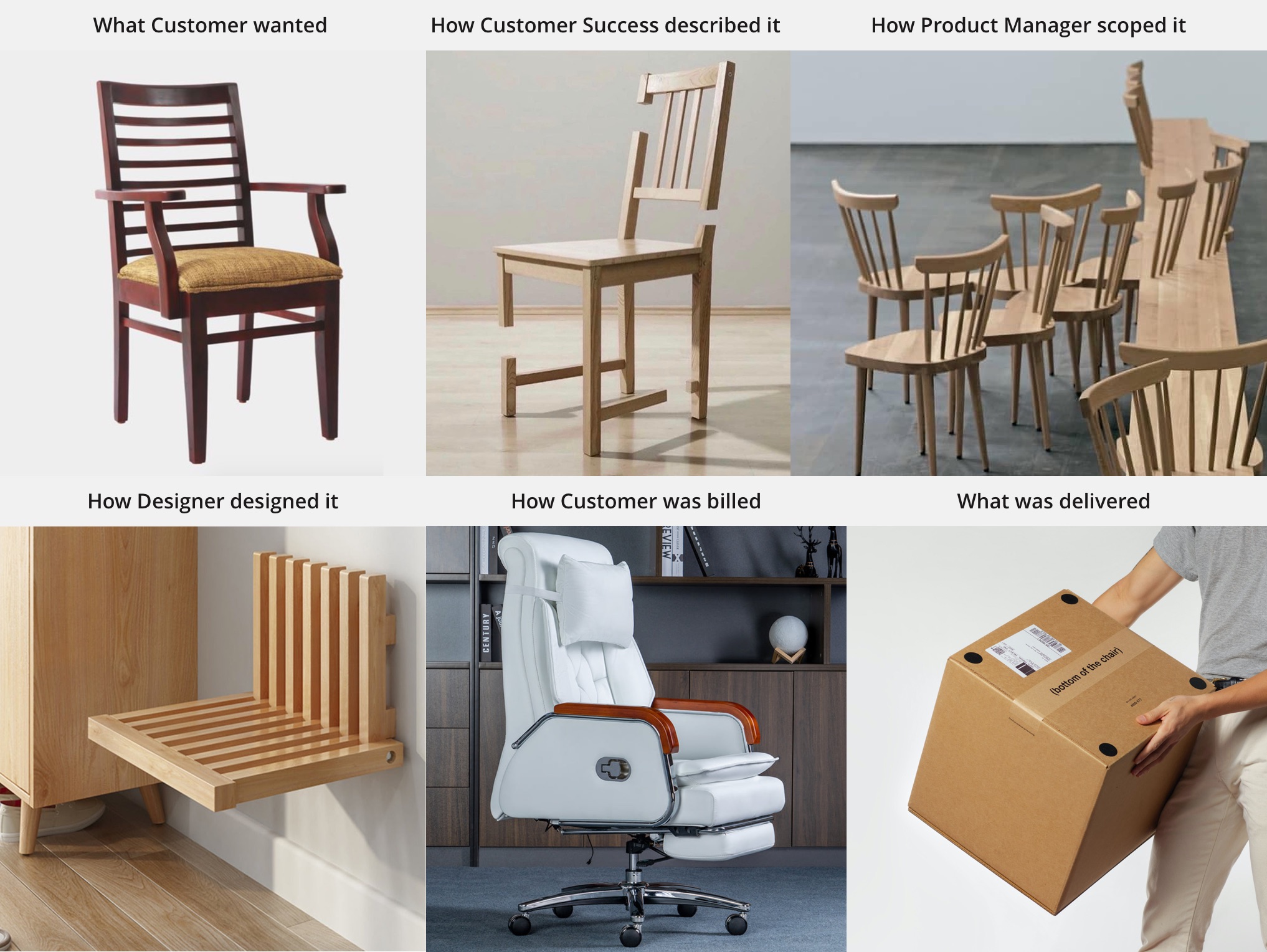
Can you imagine a world where AI creates software in seconds by reading the person’s mind? There would not be any costs in achieving perfect design, as your project could be modified as many times as you want in seconds. There would not be any middlemen, who may have a different vision of what you are trying to achieve. There would not be other users with different needs that this product must cater to.
One day we may see that, but today there are significant costs associated with creating software products. There are hundreds of decisions made each week within the product team, and each of these decisions impacts your user’s product experience. Today many products fail despite the best design efforts which can fail as well.
The needs of customers and what a product team wants to build can sometimes differ due to several reasons:
- Limited Understanding: The product owners may not have a complete understanding of the target users’ needs and preferences, leading to a mismatch between what is built and what is needed.
- Different Perspectives: The product team may have a different perspective on how the product should work or be used, leading to differences with the target users’ expectations.
- Technical Limitations: Technical limitations may prevent the team from building a product that meets the full range of user needs.
- Misaligned Priorities: The product stakeholders may have different priorities or goals than the target users, leading to differences in what is considered important.
- Market Trends: Market trends and new technologies may shift the focus of the product team, leading to a product that does not fully meet the needs of the target users.
Having viable UX research practice in your team will not guarantee that the product will be successful, but it will significantly decrease the chances of uncertainty by providing the user feedback insights ahead of time, before significant engineering effort is spent.
Conducting UX research will help to gain a deep understanding of target users and their needs, which allows product team to build products that not only meet the technical requirements but also meet the needs of the target users.